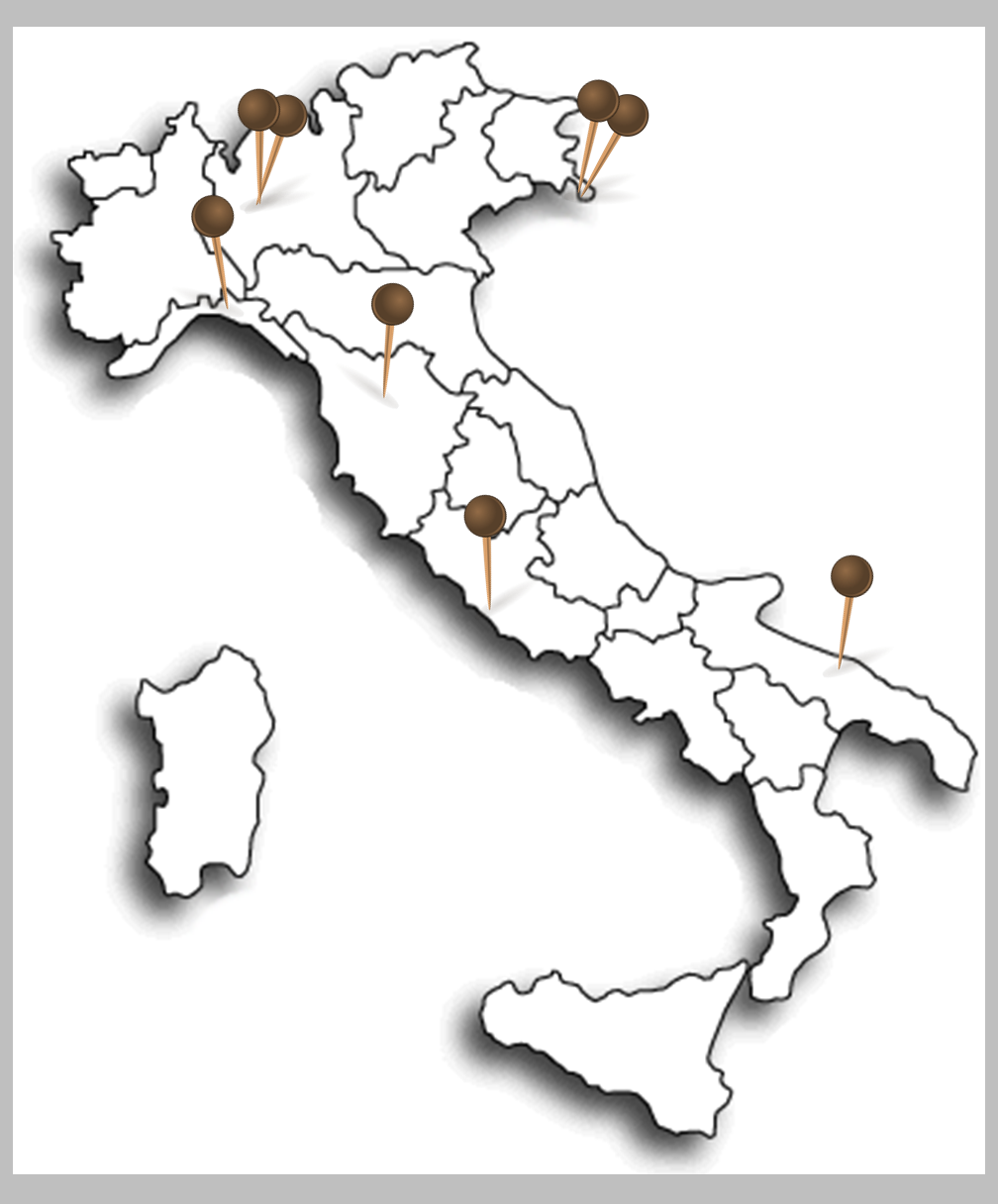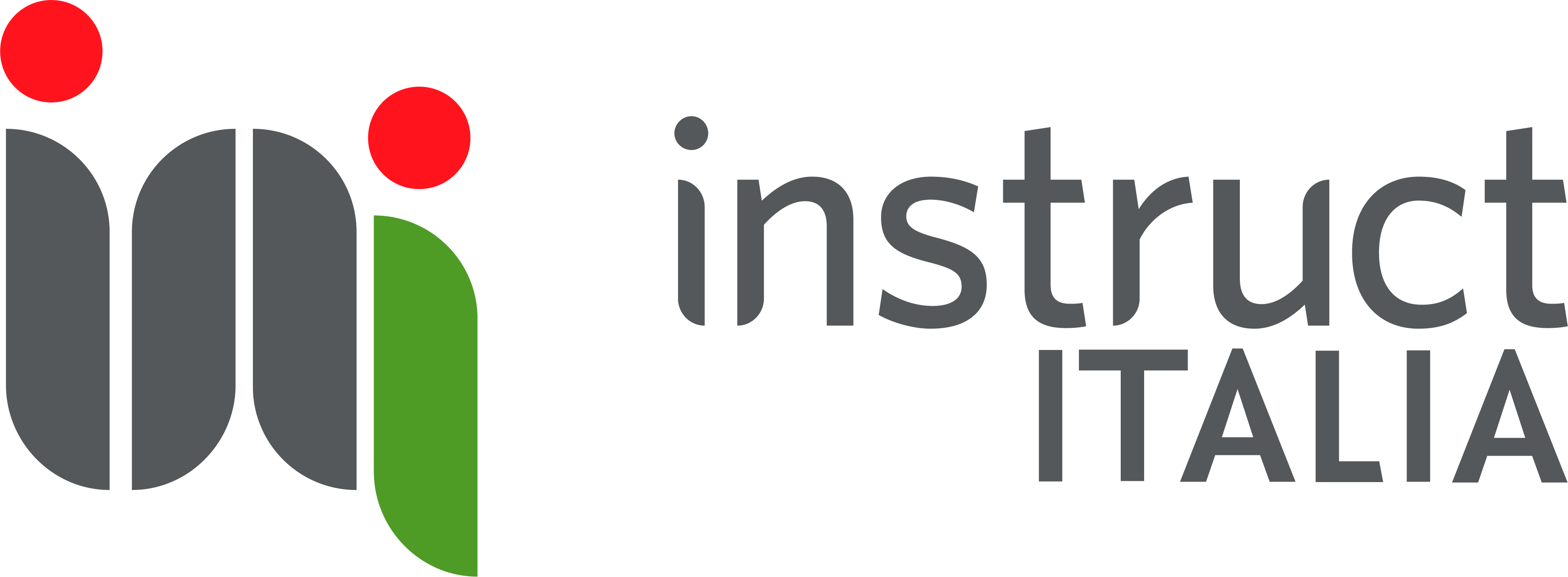Instruct-ITALIA: Italian Infrastructure for Integrated Structural Biology
 Instruct-ITALIA consists in a core of excellent research institutions and large centers that have a proven track record in structural biology and in service and expertise provision to users
Instruct-ITALIA consists in a core of excellent research institutions and large centers that have a proven track record in structural biology and in service and expertise provision to users
Instruct-ITALIA aims to serve as a national consortium covering all main areas of structural biology research within Italy. Instruct-ITALIA aims at a more effective interaction within Italian scientists operating in this research area as well as to support access to the existing structural biology facilities of its national network. Instruct-ITALIA promotes and fosters an integrated approach at the national level.
Instruct-ITALIA is also present in the Italian Roadmap of Research Infrastructures, published in 2010, with CERM-CIRMMP, the Italian Centre of Instruct-ERIC, Elettra Sincrotrone S.C.p.A, and the Italian CNR, as participants.
Instruct-ITALIA integrates facilities and research groups internationally recognised in the areas and in the various methodologies of Structural Biology, covering a wide range of structural biology techniques, expertise and research topics: NMR, X-ray diffraction, Mass Spectrometry, SAXS, other Biophysical Methods, Protein Production and Light Microscopy, including optical nanoscopy.
Expertises offered to the users addresses the following topics:
-
Structural–based drug design.
-
Structural vaccinology
-
Intrinsically Unstructured Proteins
Examples of structural and biophysical platforms available with Instruct-ITALIA include
-
Platforms for HT cloning and production of proteins and protein complexes, in bacterial and eukaryotic cell systems
-
Protein isotope labelling
-
Co-expression strategies for reconstitution of multi-subunit protein complexes in bacteria and insect cells
-
Biophysical and biochemical characterization of protein and their complexes
-
Structural biology of proteins and their complexes with protein partners and small molecules by solution NMR
-
Protein aggregates through Solid State and sedimented NMR
-
Cellular structural biology through in cell NMR on eukaryotic cells
-
High-resolution X-ray crystallography of macromolecules and their assemblies
-
Electron microscopy (EM) and electron tomography (ET)
-
Cryo-EM of macromolecules and their assemblies
-
Platforms for robotic crystallization of proteins and nucleic acids
-
Low energy data collection and phasing
-
Confocal and Multiphoton platforrm for 4D (x-y-z-t) fluorescence and SHG
-
Optical Nanoscopy including RESOLFT - unlimited resolution (down 2.4 nm) 4D
-
Super resolution based on individual molecule localization 3D
-
Advanced image processing platform - GPU based
-
Multimodal Scanning probe microscopy in air, liquid, ultra-high-vacuum
-
Small angle X-ray scattering and 3D reconstruction
-
Atomic force microscopy imaging
-
Single molecule force spectroscopy
-
Thermodynamical characterization of protein-protein and protein-ligand interaction
-
Bioinformatics and computational tools for structural biology
-
Integration of structure techniques with different resolution levels
